Denvar Antonyrajah
BERTMap: A BERT-based Ontology Alignment System
Dec 23, 2021

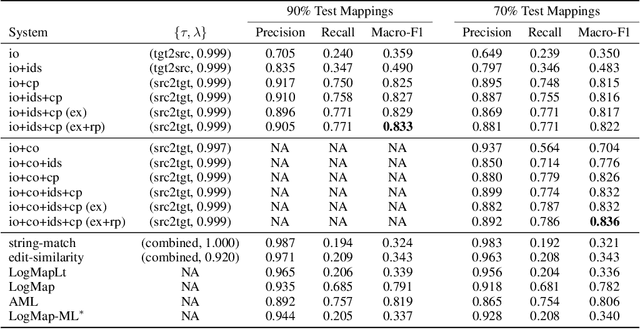
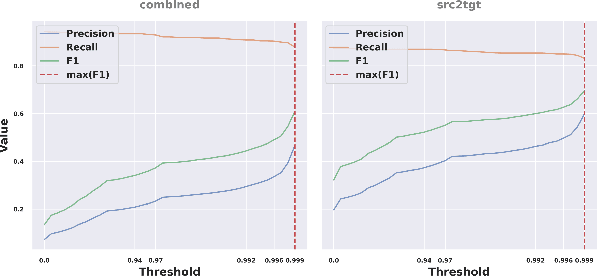
Abstract:Ontology alignment (a.k.a ontology matching (OM)) plays a critical role in knowledge integration. Owing to the success of machine learning in many domains, it has been applied in OM. However, the existing methods, which often adopt ad-hoc feature engineering or non-contextual word embeddings, have not yet outperformed rule-based systems especially in an unsupervised setting. In this paper, we propose a novel OM system named BERTMap which can support both unsupervised and semi-supervised settings. It first predicts mappings using a classifier based on fine-tuning the contextual embedding model BERT on text semantics corpora extracted from ontologies, and then refines the mappings through extension and repair by utilizing the ontology structure and logic. Our evaluation with three alignment tasks on biomedical ontologies demonstrates that BERTMap can often perform better than the leading OM systems LogMap and AML.
OWL2Vec*: Embedding of OWL Ontologies
Sep 30, 2020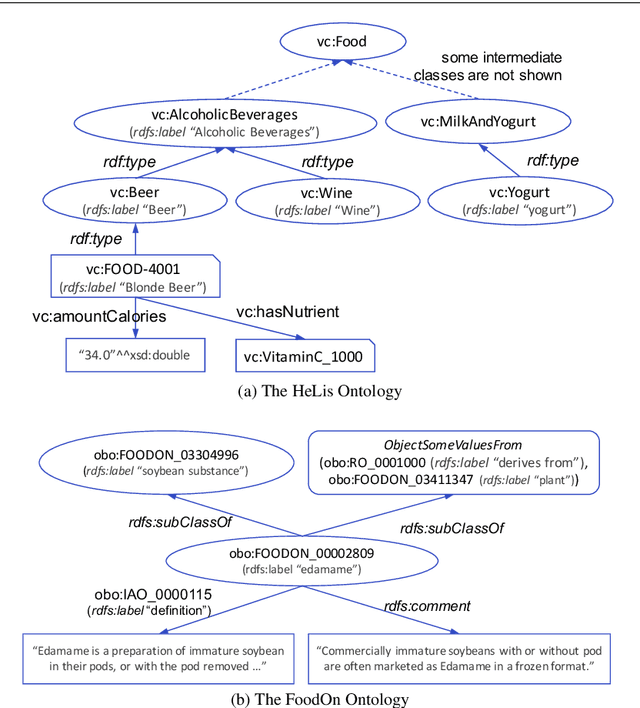
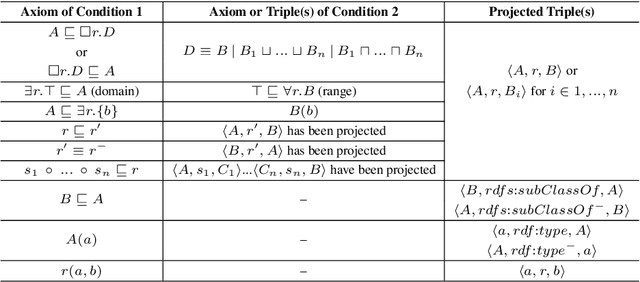
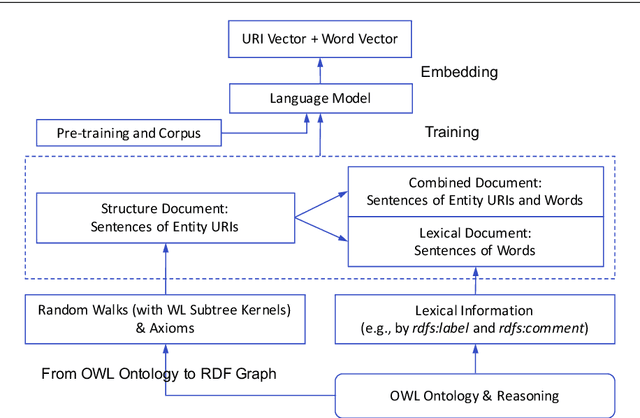

Abstract:Semantic embedding of knowledge graphs has been widely studied and used for prediction and statistical analysis tasks across various domains such as Natural Language Processing and the Semantic Web. However, less attention has been paid to developing robust methods for embedding OWL (Web Ontology Language) ontologies. In this paper, we propose a language model based ontology embedding method named OWL2Vec*, which encodes the semantics of an ontology by taking into account its graph structure, lexical information and logic constructors. Our empirical evaluation with three real world datasets suggests that OWL2Vec* benefits from these three different aspects of an ontology in class membership prediction and class subsumption prediction tasks. Furthermore, OWL2Vec* often significantly outperforms the state-of-the-art methods in our experiments.
 Add to Chrome
Add to Chrome Add to Firefox
Add to Firefox Add to Edge
Add to Edge